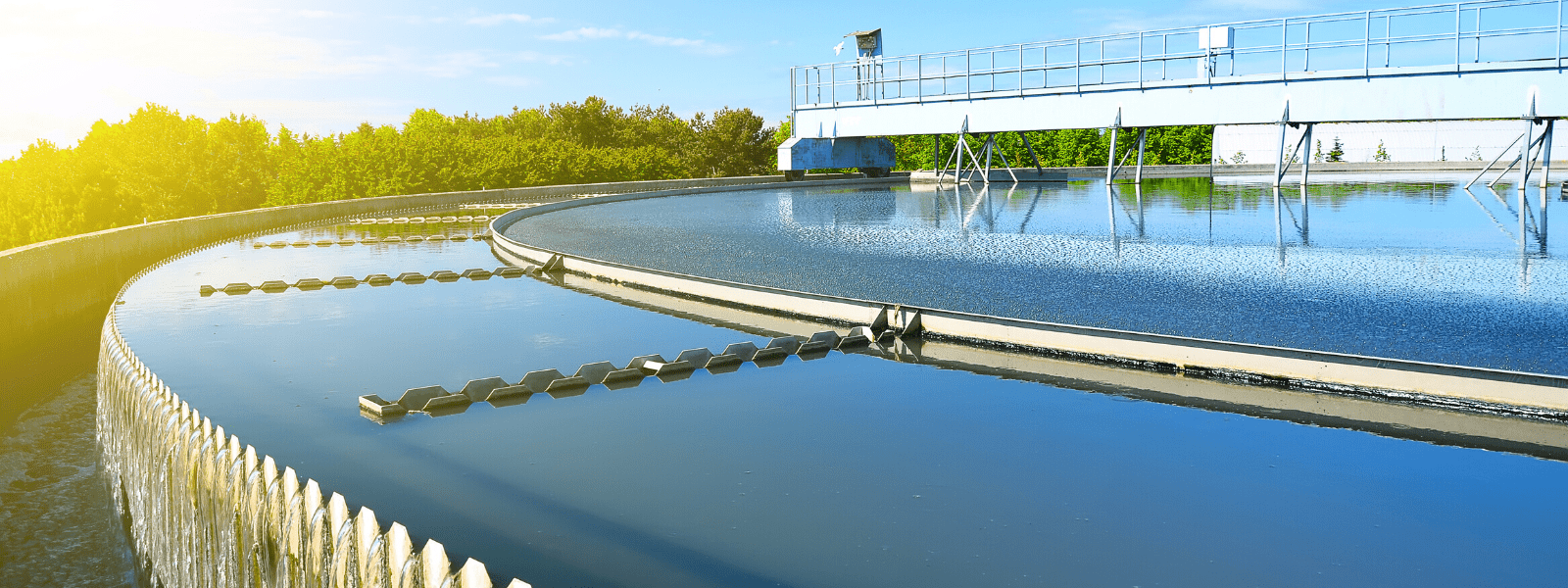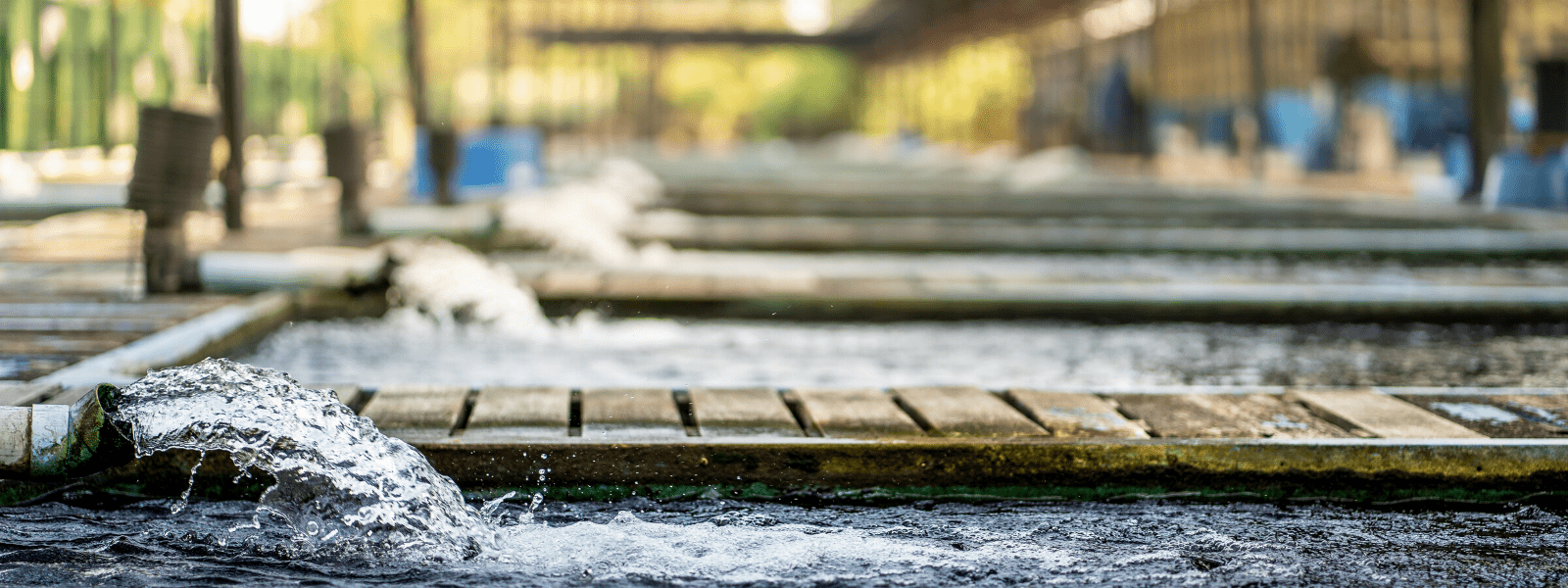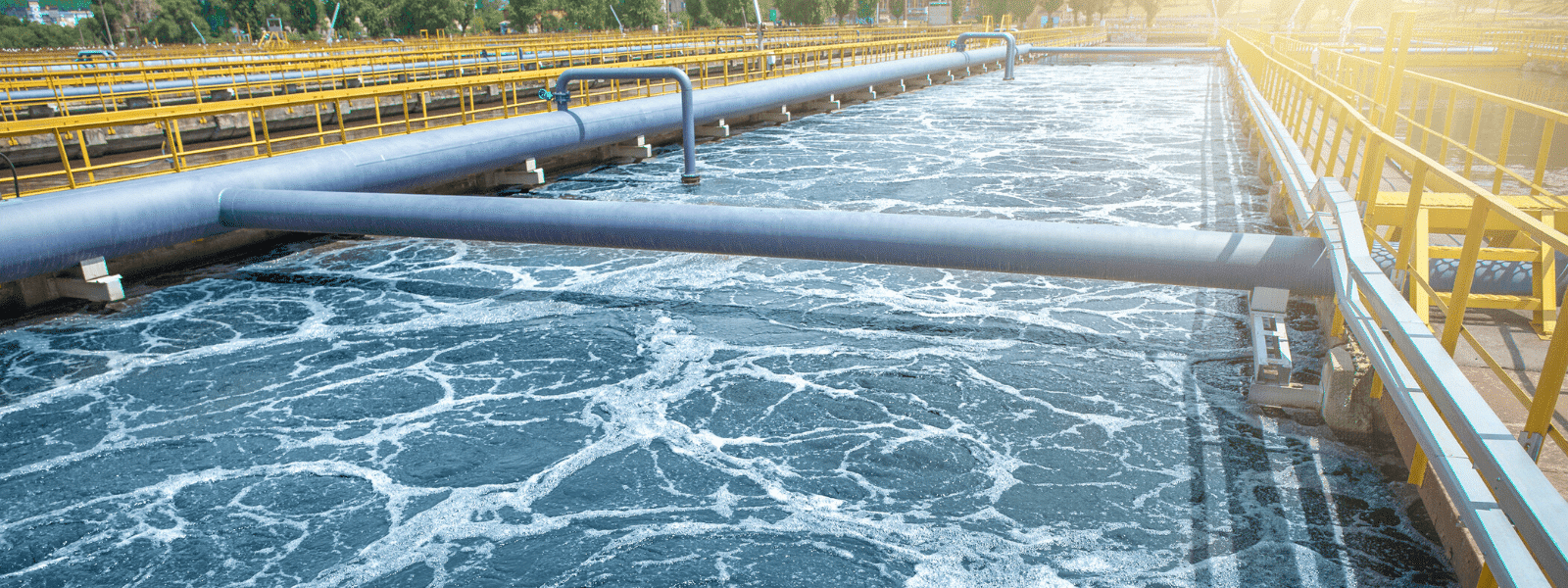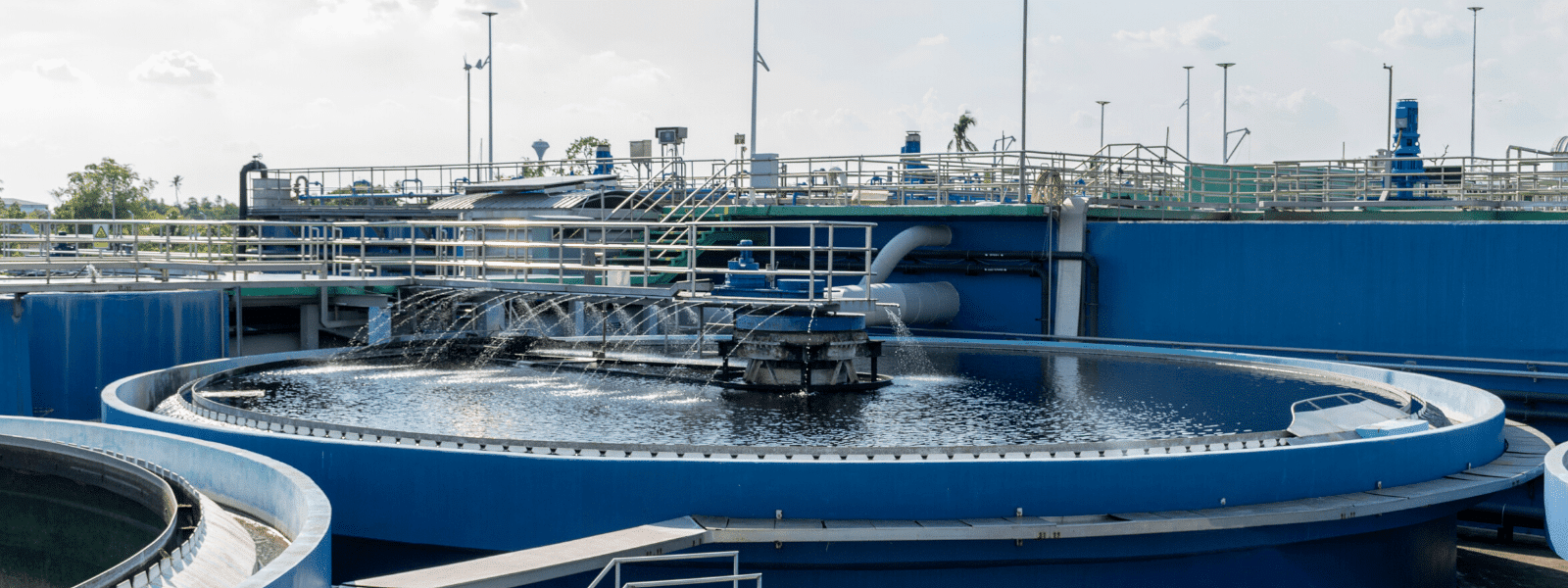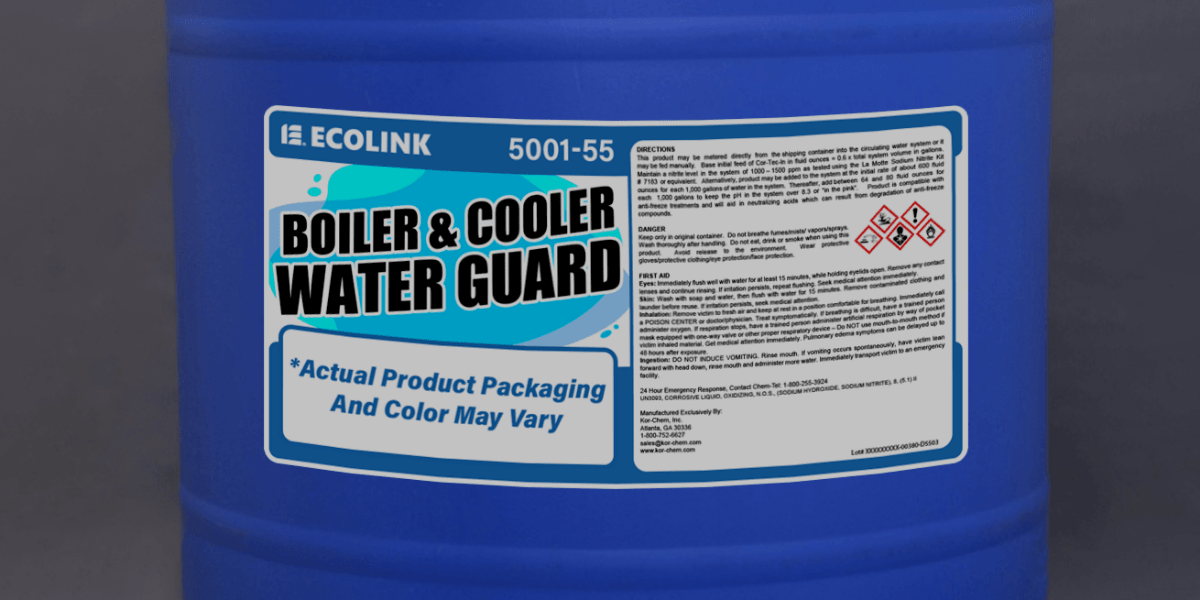Boreholes act as a self-sufficient water source for industrial purposes but can be contaminated with various impurities, like bacteria or toxic chemicals. Usually, borehole water treatment must be treated with specific chemicals to prevent various problems, such as...
